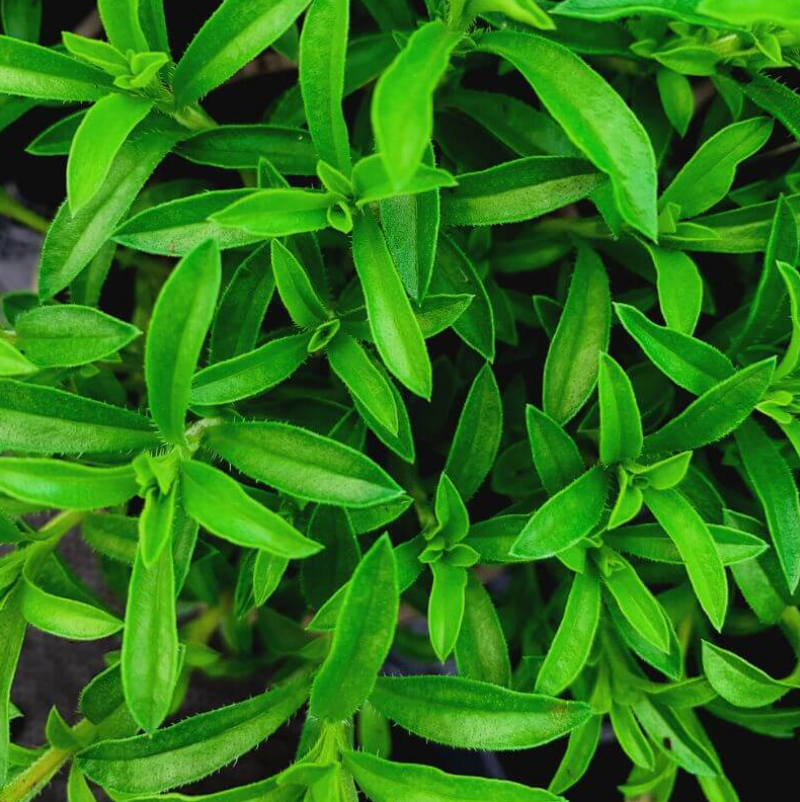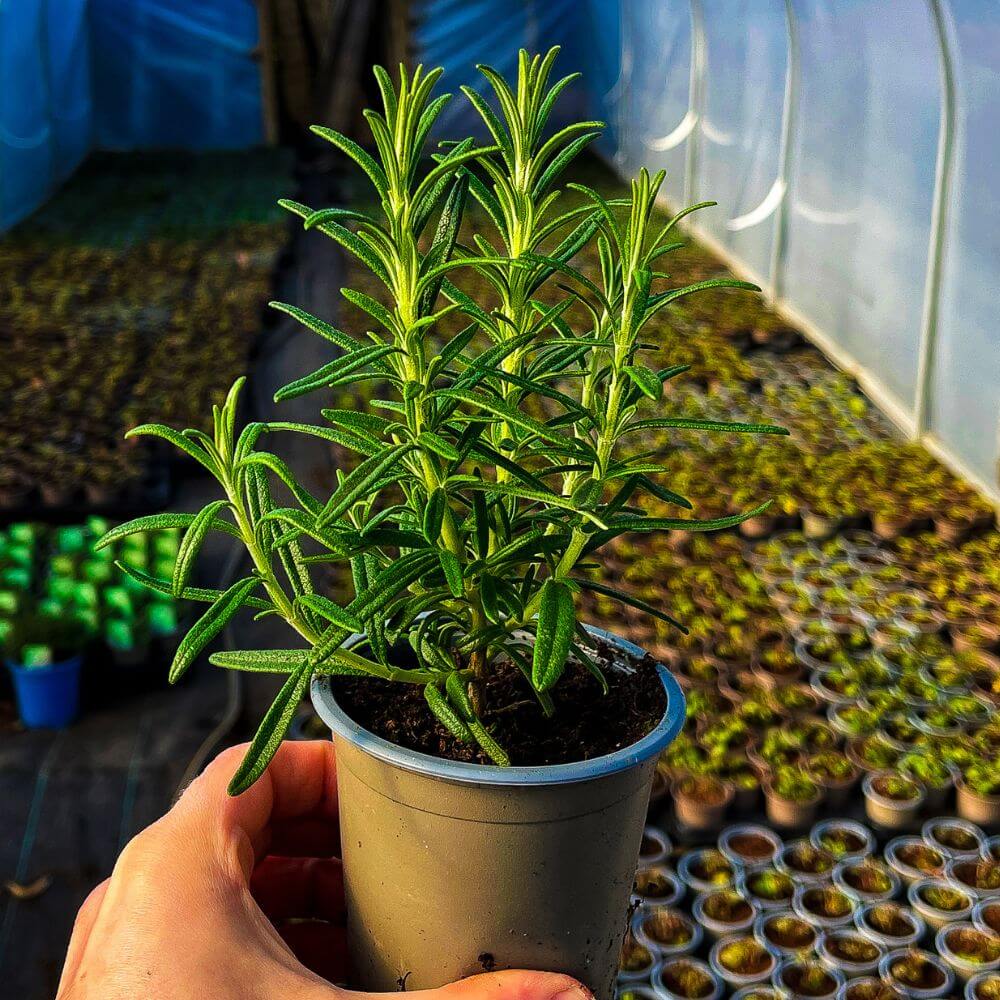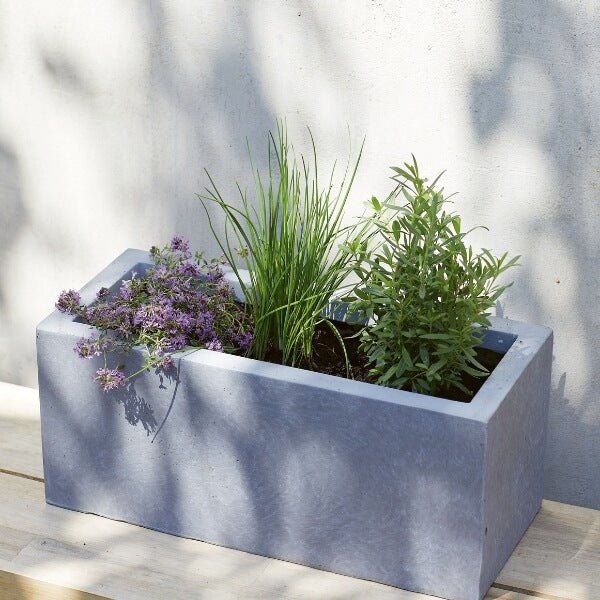How to grow Lemon Balm
Lemon balm, otherwise known as Melissa Officinalis, is a fragrant herb celebrated for its citrusy aroma and versatile uses. You may be surprised to learn that it is a member of the mint family boasting vibrant green, serrated leaves and clusters of small, pale-yellow flowers. Beyond its ornamental appeal, lemon balm is known primarily for its calming properties, often used in tantalising teas and aromatherapy. Its lemony flavor adds a delightful twist to culinary creations, from salads and desserts to infused beverages. Easy to grow in gardens or pots, this is a plant of pure joy and one which will make you smile every time you brush past its leaves. Also, have you seen how gorgeous variegated lemon balm is?
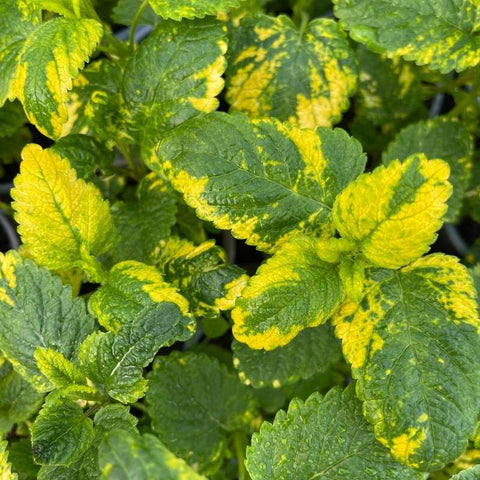
Where is best to plant lemon balm in the garden
Lemon balm plants thrive in well-drained soil and unlike many other herbs, it does well in partial shade, making it ideal for planting in a garden with dappled sunlight. Choose a location where it receives morning sunlight but is sheltered from the intense afternoon sun, preventing the herb from drying out. This resilient herb adapts to various soil types but favors fertile, loamy soil rich in organic matter. Consider planting lemon balm near other herbs or vegetables as a companion, as it attracts pollinators while deterring certain pests. However, it can put on vigorous growth to be sure to give it space so not to overcrowd its plants pals. Its lush, aromatic foliage makes it a charming addition to borders or containers, enhancing both the aesthetic and functional aspects of your garden.
How to grow lemon balm
For those of you looking for a low maintenance herb that doesn't skimp on reward, this is just the plant for you. It can be easily grown from seed, although we highly recommend starting with a potted plant (you can get them from our fantastic herb shop) and then propagating them when needed to increase your stock or share them with friends and family. If you were looking to geek out on all the technical details on growing this showstopper, we're sorry to disappoint but it is a plant which only ever needs a light prune to keep it in ship shape.
How to prune your lemon balm plants
Pruning lemon balm is a simple yet crucial practice to maintain its health and vigor. In early spring, as new growth emerges, trim back the stems by about a third top kickstart the season. Whilst this may feel a little brutal, it will encourage a bushier habit and prevents the plant from becoming leggy which you want to avoid at all costs. Remove any dead or yellowing leaves regularly throughout the growing season to enhance air circulation and discourage pests. Harvesting leaves for use in your creative cooking serves as a form of pruning, so we highly recommend doing so. You can then prune back the plant in late autumn to remove dead or weakened growth, promoting a healthier resurgence the following year. The final thing to remember is to cut back spent flower heads promptly, this will redirect the plant's energy into fresh growth rather than on seed to reproduce. With these mindful pruning steps, your lemon balm will thrive, providing abundant aromatic foliage.
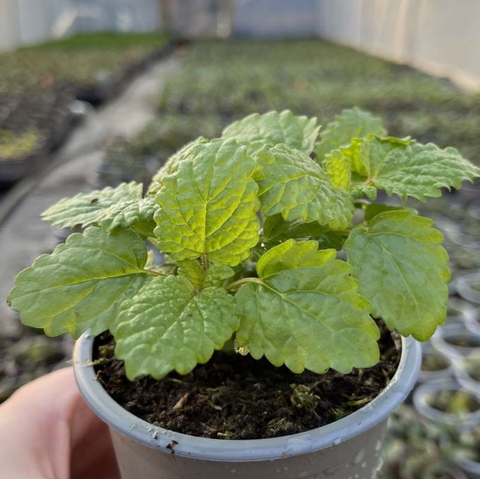
How to care for lemon balm in the winter
Caring for lemon balm in winter ensures its vitality come spring. Before a frost sets in, lay a generous layer of organic mulch around the base to insulate the roots against harsh temperatures. While lemon balm is hardy, in particularly cold regions, consider adding a protective covering or moving potted plants to a sheltered location is worth while just to be on the safe side. During snowfall, gently brush off snow to prevent breakages.
If you're not growing lemon balm in your garden, you seriously need to consider this addition as we think there's a chance it just might change your life... Want to become a herb expert with cool perks such as exclusive discounts, expert masterclasses and more? Why not join our Herb Club?


